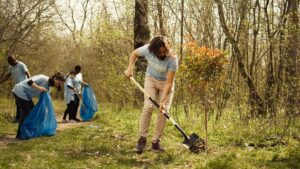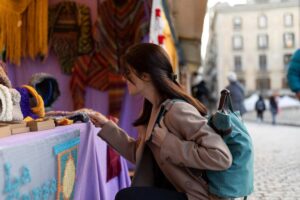Travel Blogs
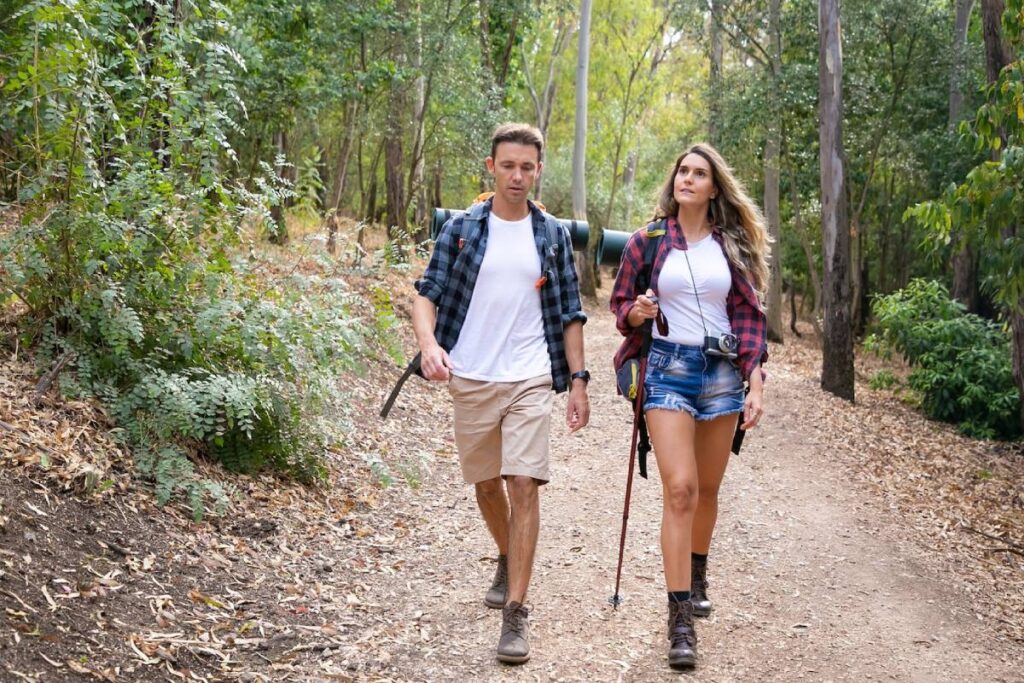
How to Travel Regeneratively: A Beginner’s Guide
Travel opens doors. It lets us meet new people and discover new ways of life. But every trip affects the planet. That’s where regenerative travel comes in. It’s about giving more than you take.
Unlike basic eco-travel, regenerative travel goes further. It aims to restore nature, help people, and protect culture. This guide is for anyone who wants to make better choices while exploring the world.
You don’t need to be perfect. You just need to care.
What Is Regenerative Travel?
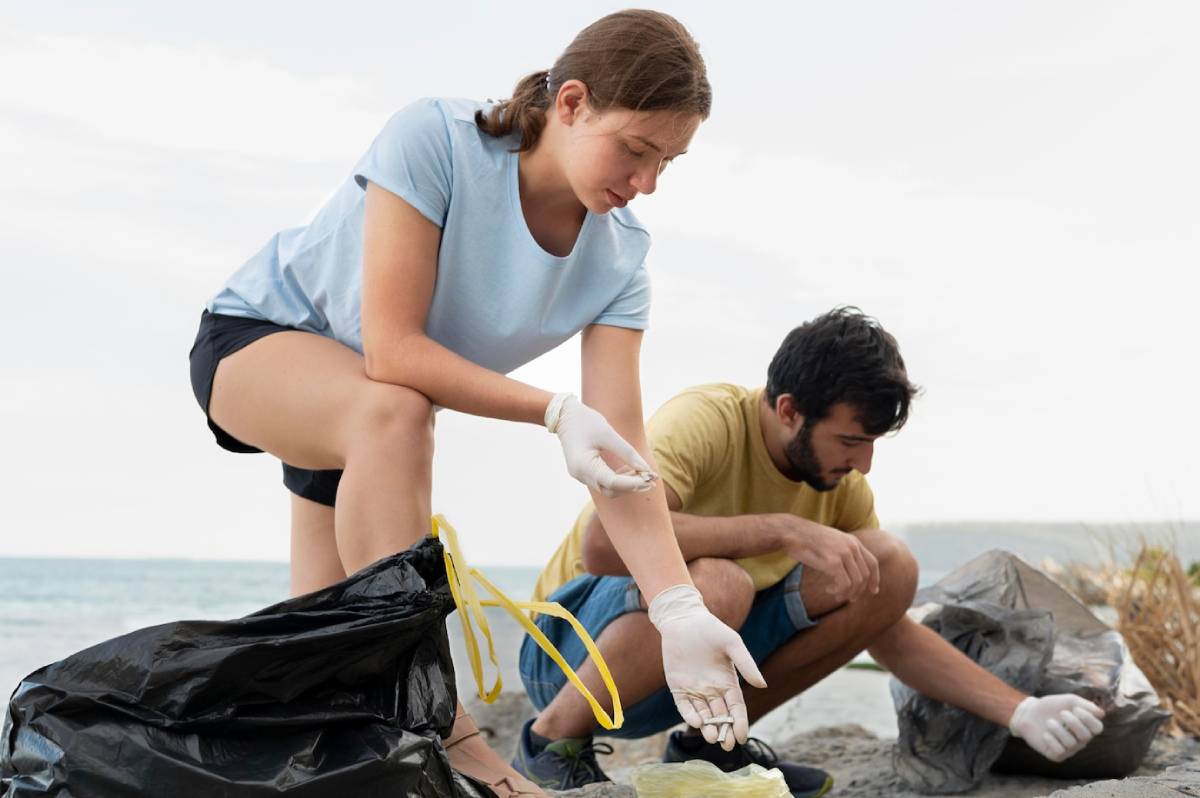
Regenerative travel means creating a positive impact. You do more than avoid harm — you help places heal and thrive.
Why It Matters
- Travel affects the planet: Transport, hotels, and tours add carbon and waste.
- Tourist crowds cause damage: Nature suffers, and locals are priced out.
- Culture can fade: When tourism dominates, traditions get lost.
With the right steps, your travel can help solve these problems. It can help protect forests, clean oceans, and uplift communities.
Core Ideas of Regenerative Travel
1. Support, Don’t Strain
Pick places and activities that help the environment and communities. Give back where you can. This might mean staying at eco-lodges, joining a beach clean-up, or buying from small businesses.
2. Follow Local Leadership
Book tours run by locals. Stay at family-owned guesthouses. Shop from nearby markets. Let local people guide your experience. Their stories will make your trip richer and more respectful.
3. Travel Slow and Light
Stay longer. Choose fewer flights. Walk, cycle, or use public transport. When you spend more time in one place, you form deeper connections and reduce your impact.
4. Respect Nature and People
Leave no trace. Follow local rules. Be curious and kind. Avoid disturbing wildlife, picking plants, or leaving litter behind. Every action counts.
5. Offset When You Must
If you fly, balance your carbon by donating to green causes. Use trusted programmes that support reforestation or clean energy. It’s not a fix-all, but it helps.
Planning Your Trip the Right Way
Where to Stay
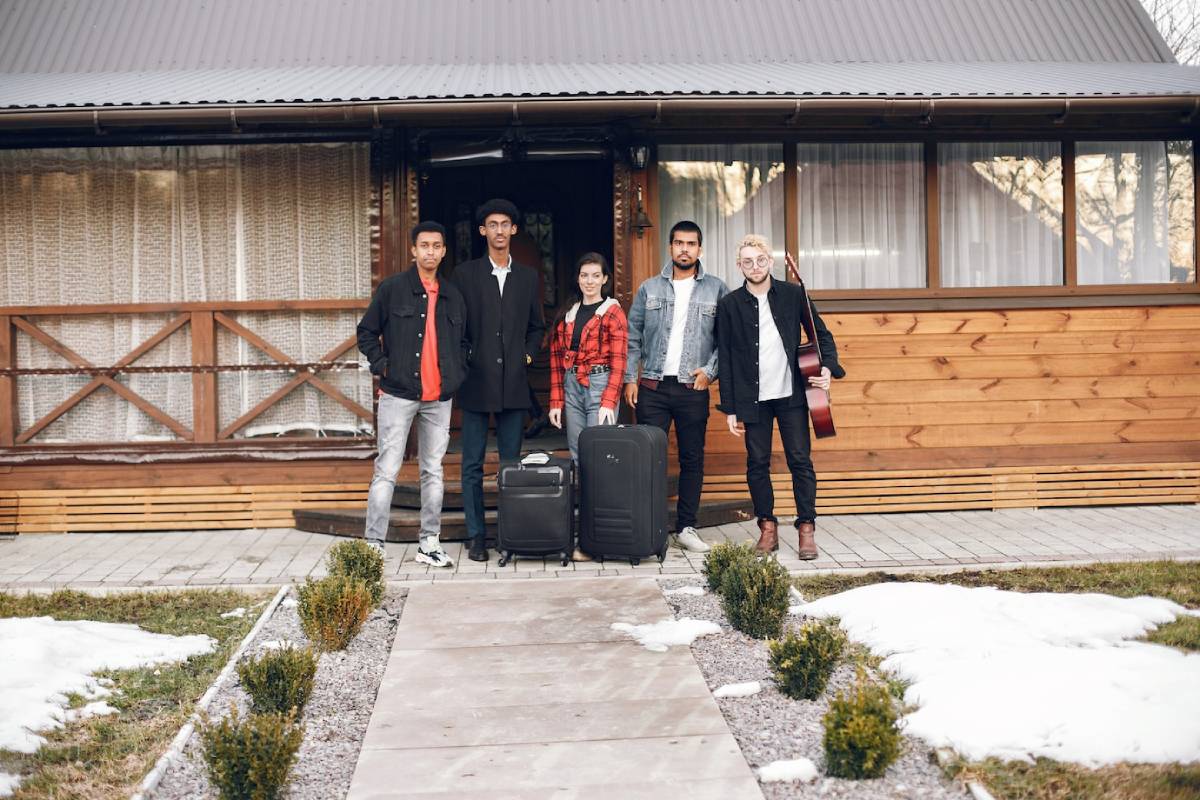
- Pick eco-lodges or small hotels
- Ask about water, energy, and waste practices
- Look for places that train and hire locals
Look for places that grow food on-site or recycle greywater. If they support a local school or clinic, even better.
How to Travel
- Choose trains or buses
- Try walking tours or bikes
- Avoid cruise ships and short flights
When you avoid flying or choose rail travel, you reduce emissions and see more of the landscape.
What to Eat
- Eat local and seasonal food
- Visit farmers’ markets or family-run cafés
- Try dishes made with care, not just for tourists
Eating local supports farmers and reduces food miles. It also gives you a taste of the real culture.
What to Pack
- Reusable water bottle, utensils, and bag
- Natural toiletries that won’t harm water or soil
- Fewer clothes to reduce luggage weight and emissions
Packing light makes transport easier and lowers emissions. It also helps you focus on experiences, not stuff.
On the Road: What to Do and How to Help
Volunteer and Connect
- Plant trees or join beach clean-ups
- Visit conservation centres or local farms
- Help out if invited by the community
Many destinations now offer half-day volunteer programmes. These give you insight while helping the local area.
Learn as You Go
- Take cultural classes or language lessons
- Read local history
- Respect stories told by locals
Try a cooking class, art workshop, or dance session. You’ll have fun, and your money supports local artists.
Shop with Care
- Avoid mass-produced souvenirs
- Buy directly from artisans
- Ask how things are made
Choose handmade crafts, organic products, and ethical clothing. Ask questions — the story behind an item matters.
How to Be a Kind and Mindful Guest
Before You Leave
- Research the destination
- Learn greetings or phrases
- Understand traditions and taboos
Knowing how to say hello and thank you in the local language shows respect. So does dressing modestly or following local etiquette.
While You’re There
- Listen more than you talk
- Ask before taking photos
- Show gratitude and tip fairly
Avoid treating places like a checklist. Be present. Talk to people. Listen to their stories.
As You Leave
- Don’t litter
- Support clean-up projects
- Share your good experiences online
Leave reviews for places doing good work. This helps them grow and reach more people.
A Real Story: One Small Act
During a trip to Peru, Sam skipped a big-name hotel. He stayed with a local family instead. He learned how to cook local food, helped with garden work, and bought gifts from neighbours.
He spent less and gained more. And the money stayed in the village. A simple decision made a big difference.
In just one week, Sam’s choices supported ten different families. He didn’t plan it that way — he just made mindful choices.
Smart Travel Habits to Keep
- Slow down and spend more time in one place
- Book through eco-conscious platforms
- Leave reviews to support good efforts
- Carry a small trash bag when hiking
- Take public transport over private taxis
- Pack snacks to avoid buying packaged food
- Turn off lights and AC when not in use
Little habits add up. The more you practise them, the more natural they feel.
Start Where You Are
Not all regenerative travel needs a plane ticket:
- Visit rural areas close to home
- Volunteer at local clean-up days
- Support small shops and markets nearby
- Attend local festivals or workshops
- Share transport with neighbours or friends
Even a weekend trip can support people and places around you.
Resources to Help You Begin
- Regenerative Travel: For verified stays and experiences
- WWOOF / Workaway: Learn and help in exchange for lodging
- B-Corp Tours: Intrepid Travel, G Adventures, and more
- Carbon Offset Tools: ClimateCare or Gold Standard
- Local directories: Many cities list green places to stay and shop
- The Green Web Foundation: Helps you find eco-friendly websites to book through
Make Travel Meaningful
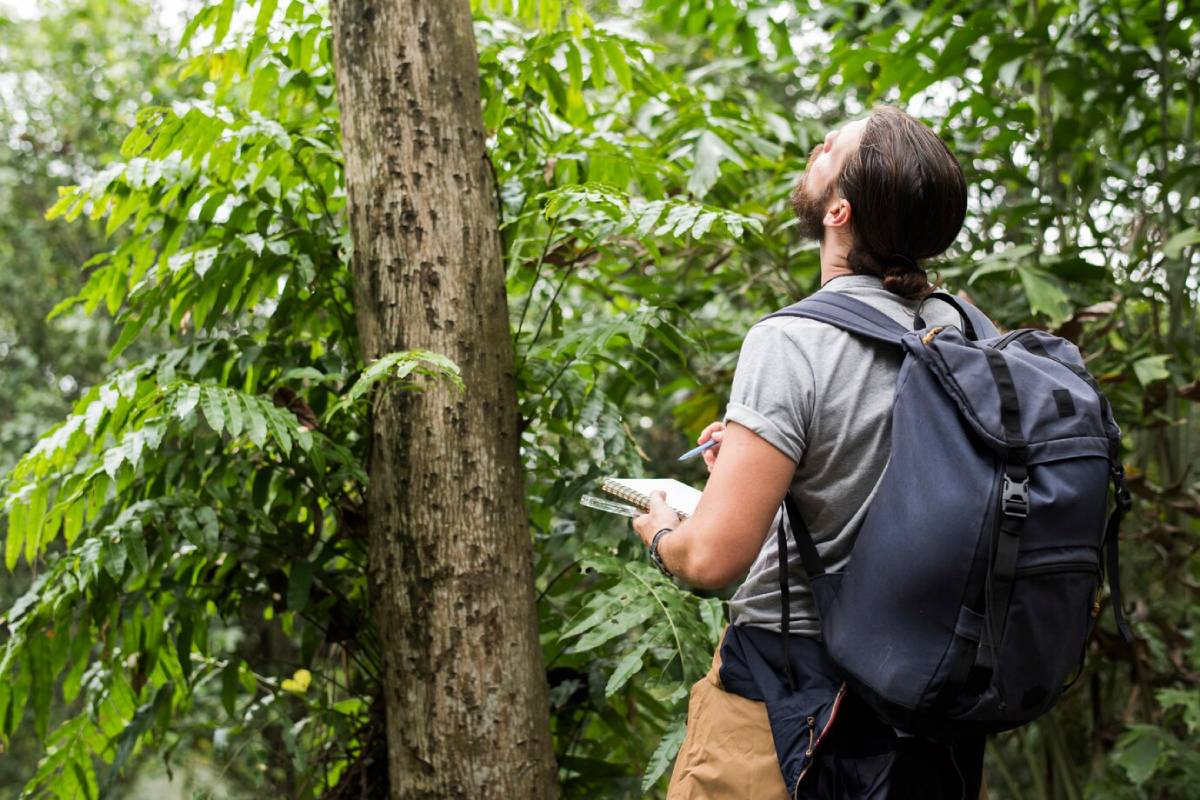
Regenerative travel is thoughtful travel. It’s about seeing the world while leaving it better than you found it. You don’t need to do everything — just take one step at a time.
Choose kind. Choose smart. Choose local. You have the power to change the way we all explore.
So, where will you go next — and how will you help? Share your ideas below, and let’s travel with purpose together.




